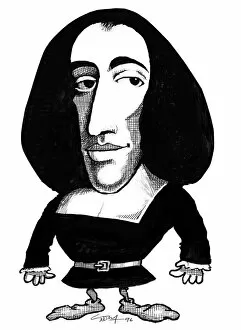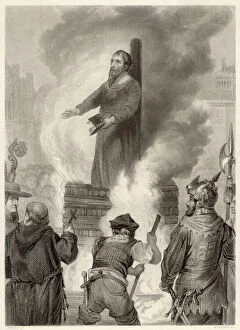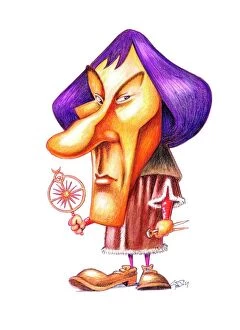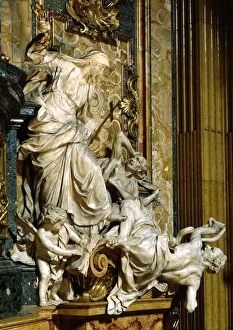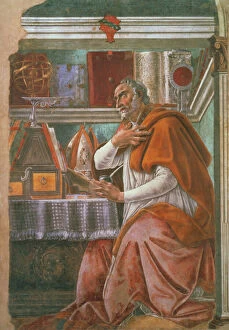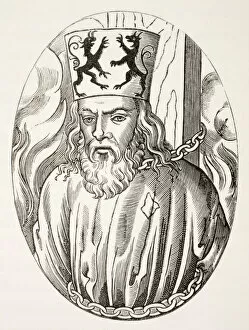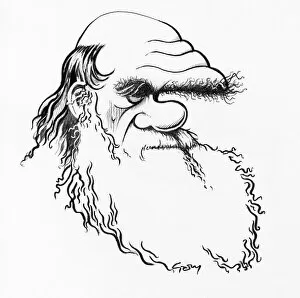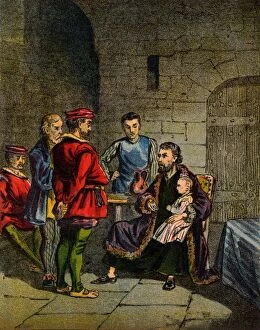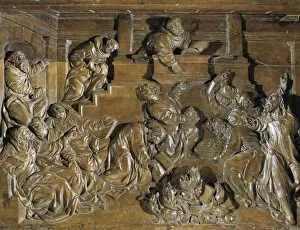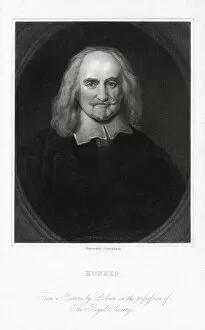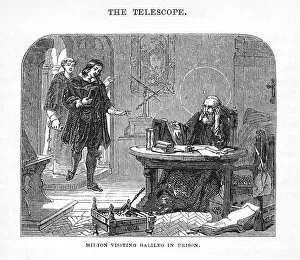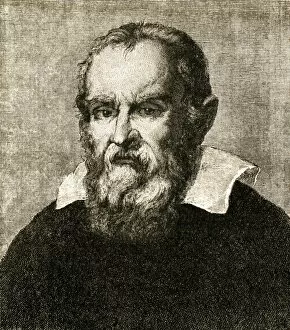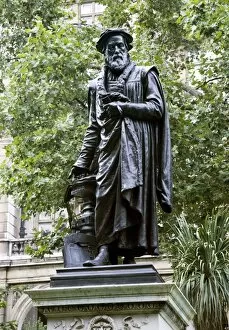Heretical Collection
"Unveiling the Heretical Minds: From Spinoza to Darwin" In a world dominated by religious dogma, there have always been those who dared to question, challenge
All Professionally Made to Order for Quick Shipping
"Unveiling the Heretical Minds: From Spinoza to Darwin" In a world dominated by religious dogma, there have always been those who dared to question, challenge, and explore beyond the boundaries of accepted beliefs. Baruch Spinoza, with his radical ideas on God and nature, stands as a beacon of heresy amidst the sea of conformity. Caricatures were often used as weapons against dissenters like Sawtre and Lollard, mocking their unorthodox views in an attempt to suppress their influence. Yet these visual satires only fueled the fire of rebellion within their hearts. Nicolaus Copernicus shattered conventional wisdom by placing the sun at the center of our universe. His revolutionary heliocentric model challenged centuries-old notions and paved the way for scientific progress. Charles Darwin's groundbreaking theory of evolution sent shockwaves through Victorian society. British naturalist dared to suggest that all life forms are interconnected through gradual changes over time - a notion that shook religious foundations but opened doors to new understandings. Galileo Galilei faced persecution from both church and state when he defended Copernican theories. Despite being forced into silence under threat of torture or death, his discoveries laid down undeniable evidence for Earth's motion around the sun. The burning books symbolize an era where heretics were silenced through destruction rather than reasoned debate – a dark chapter in human history filled with intolerance and fear. The martyrdoms at Smithfield serve as haunting reminders of how far societies can go in suppressing dissenting voices. These acts aimed not only at extinguishing lives but also erasing any trace of contrary thoughts from collective memory. Religion Overthrowing Heresy and Hatred depicts an eternal struggle between orthodoxy and free thought—a reminder that throughout history, religion has often sought to quell any challenges posed by heretics questioning its authority. St Augustine finds solace within his cell; isolated yet steadfast in his pursuit of truth.

